
Tigers are among the most endangered species in this world, along with many other species. However, thanks to something called the Saint Petersburg Declaration, the current global population of tigers has increased from a mere 1411 in 2006, to approximately 3900 according to records taken in 2018.
Despite the many measures in place to conserve this iconic and beautiful species, every bit of help makes a difference as there are still numerous threats that could cause this fierce species to disappear from the planet for good.
What better day than Global Tiger Day to give you all the rundown on everything ‘tiger’, from the dangers faced by tigers to the conservation efforts being made across the globe. Every person on the planet has a role to play in the conservation of many endangered species and the first road to that role is information, which we cannot wait to share with you!
What is Global Tiger Day?
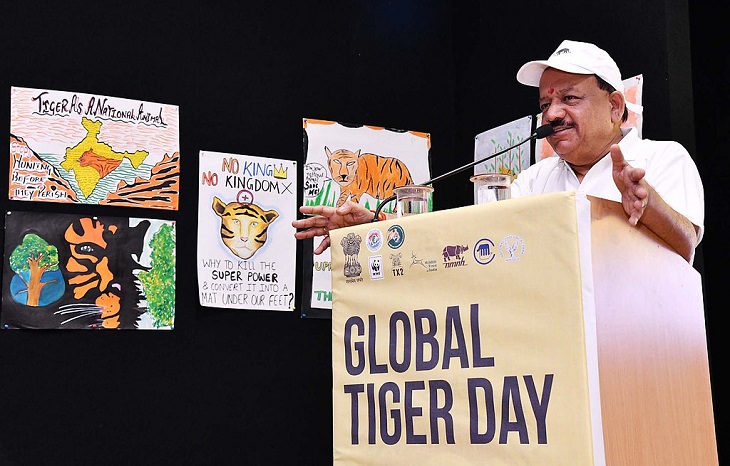
(By Ministry of Environment, Forest and Climate Change (GODL-India), Wikimedia Commons)
On July 29th, 2010, the Saint Petersburg Tiger Summit was held in Russia with the sole purpose of raising awareness to the drastically declining tiger populations the world over.
An agreement was signed by the countries present at the summit, mandating all signatory governments to work towards the goal of doubling the global population of tigers by 2022, the next year of the Tiger. This agreement was called the Saint Petersburg Declaration and this venture is entitled the Global Tiger Recovery Program. In honor of this common commitment between nations, July 29th was named Annual International Tiger Day.
Global Tiger day (also known as International Tiger Day) has since been observed every year like clockwork, with a major focus on promoting awareness on the need for conservation of tigers and the efforts being made for the same.
Why are Conservation Efforts Needed for Tigers?
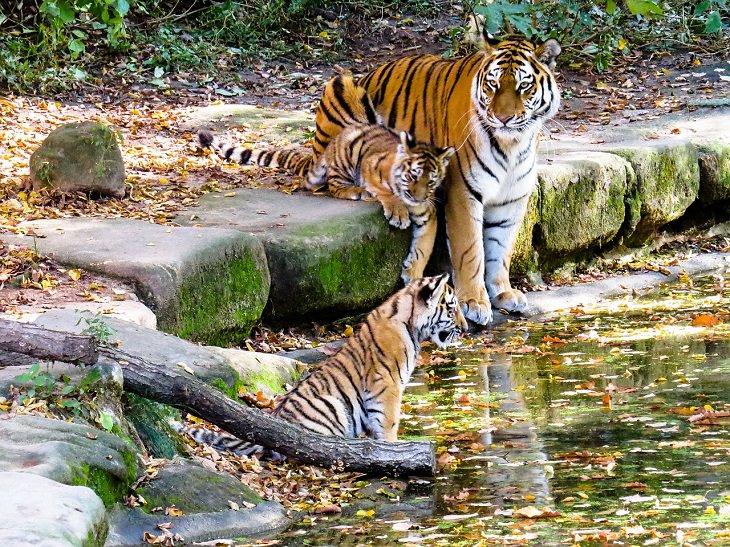
At the beginning of the 20th Century, there were approximately 100,000 tigers on Earth, spread across the various jungles in the world. By 2005, the number had reduced to an estimated 2000 and continued to decline drastically. To put it in simplest terms, over the last century, there has been a whopping 97% decrease in the population of tigers throughout the world.
So the question then becomes, why do we need tigers? To begin with, tigers are gorgeous and fascinating creatures physically, with many unique characteristics. They are the biggest of the beautiful cats of the wild. Which brings us to the second and more important point: Tigers are umbrella species.
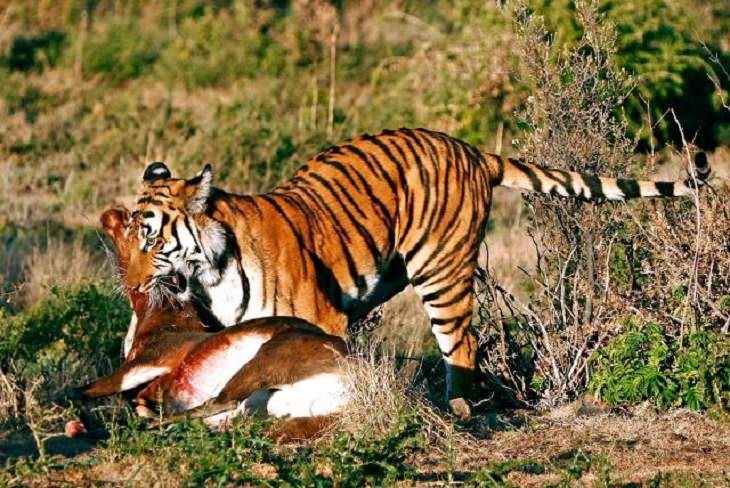
(By China's Tiger, Wikimedia Commons)
Umbrella species are a category of species that are vital to the preservation of other species sharing their (and our) ecosystem - therefore making them vital to our preservation. The role of a tiger as a predator in the jungles keeps the herbivore population at a viable limit and, consequently, the vegetation plentiful. Basically, they are an essential part of the circle of life, as are we.
What are the Current Threats Against Tigers?
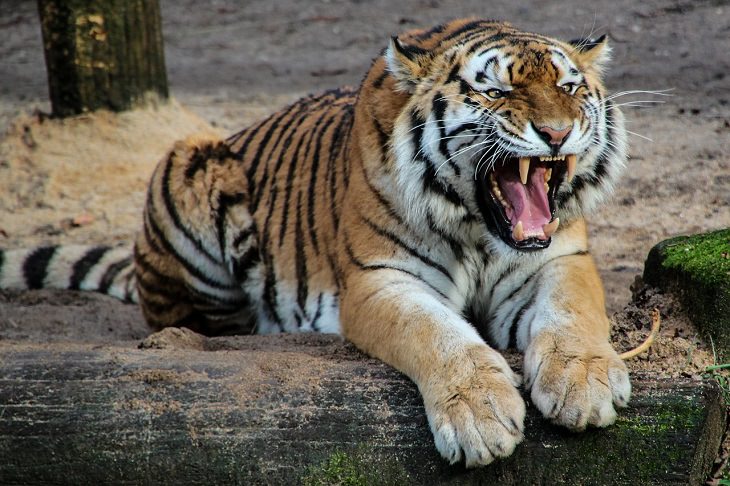
With the numbers dwindling, and many conservation programs in play, it helps to know what the problem we are facing is. There are 5 major factors that can be attributed to the significant decline in the tiger population.
Spread of Disease
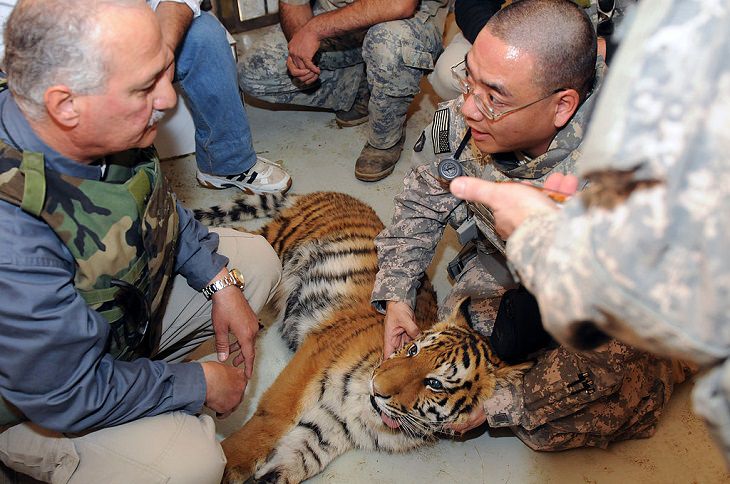
(By The U.S. Army, Wikimedia Commons)
This can be a bigger problem than one would assume. Tigers usually live in isolation from others of their kind (with the exception of immediate relatives). However, while tigers enjoy isolation, the space in most habitats of these cats, both in protected forests and the wild, is extremely limited. Diseases like canine distemper, tuberculosis, and Feline Panleucopania can spread rapidly among the species and wipe out a significant portion of the population.
Climate Change
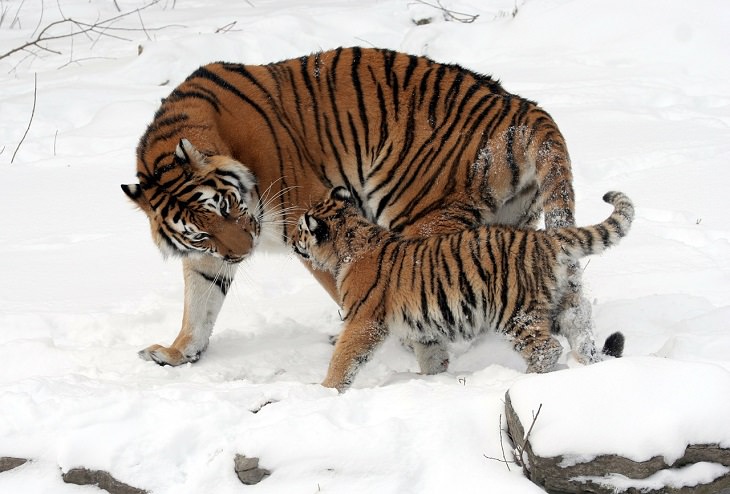
Global warming affects everyone, and our fine furry friends are no exception. As the temperatures change, the vegetation and prey living in any given ecosystem are affected negatively. These changes reduce sources of food for tigers in the surrounding areas. Further, rising sea levels contribute heavily to the destruction of tiger habitats in and around coastal areas.
Habitat Loss
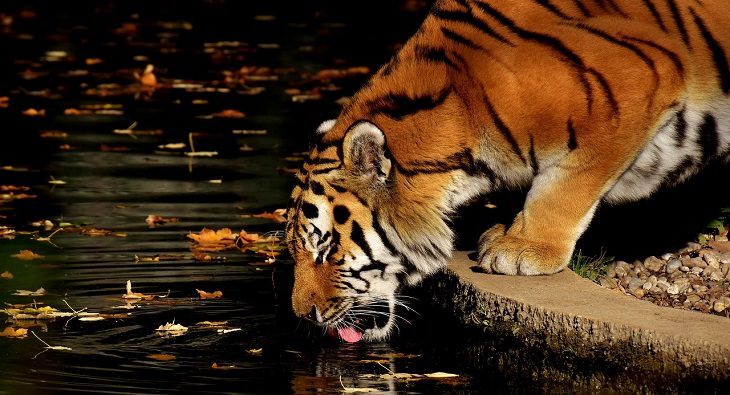
Rising sea levels are not the only thing that can tear away land and either kill or displace tigers from their home. Deforestation continues to be rampant, whether for industrial purposes, agricultural purposes, trade purposes or urbanization, among many other reasons. In fact, nearly 93% of natural tiger habitats have been destroyed due to the clearing of forests, which forced many tigers to be relocated to wildlife parks and protected lands.
Tiger-Human Interactions

(By Tanti Ruwani from Jakarta, Indonesia - Tiger on Fire, Wikimedia Commons)
Due to the extreme loss of their natural habitats, many tigers in the wild have been forced to move outside their territories, closer to human villages. With villagers entering into the forest to gather resources, and tigers entering human territories in search of space, numerous conflicts can arise leading to a rise in the number of both human and tiger deaths. These type of interactions are frequent with many species, like elephants and monkeys as well, and can occur in urban areas sometimes as well. Conflicts can be prevented by creating animal crossings.
Another important area of tiger-human interactions includes the rearing of tigers for performance purposes. These animals are born and raised in confined spaces, usually with traveling circuses and carnivals, or even performers like Siegfried and Roy. When the use of these animals in performance art is not well regulated, it can result in disaster and even death for the animals.
Hunting

(By ukhomeoffice, Wikimedia Commons)
Hunting, poaching and the (illegal) trade of tigers (and all products made thereof), is one of the greatest threats to tiger populations worldwide. While significant efforts have been taken to maintain tiger populations within protected lands, a large amount of illegal hunting of tigers still occurs across the globe. This is largely due to the illegal trade in tiger bones, skins, teeth, and other by-products, which continues to be rampant and quite lucrative.
How Can We Help?

(By Dmitri1999, Wikimedia Commons)
Here’s the million-dollar question. In our day to day lives, the chances of us ever going face-to-face with a tiger are practically non-existent for most of us. However, we can all make a big difference in our own small way.
Pick Your Products Carefully!

(By Amin, Wikimedia Commons)
A majority of tiger populations are collected in India, Sumatra, Indonesia, Malaysia, and other Asian countries. To start with, you can check certain products, normally sourced from these countries, for specified certifications to ensure that they have been produced in a manner that is least destructive to the habitats of not only tigers but elephants, pangolins, orangutans and many other species. For example, you can make sure to purchase palm oil certified by RSPO (Roundtable on Sustainable Palm Oil), Rainforest Alliance-certified Coffee, and recycled toilet paper with certification from FSC (Forest Stewardship Council).
Keep Yourself Updated!
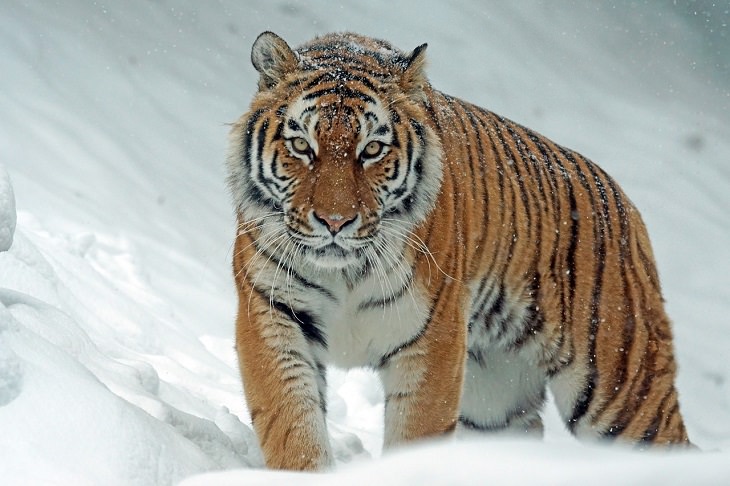
You can never have too much knowledge, and when it comes to wildlife, the information is overflowing. There are several organizations across the globe that are constantly working towards newer and better conservation programs. These institutions are also frequently studying the fluctuations in tiger populations in their respective countries and all possible causes for the same in any given time frame. You can help their efforts by donating to their many tiger conservation projects or by volunteering in awareness programs.
Speak Up!
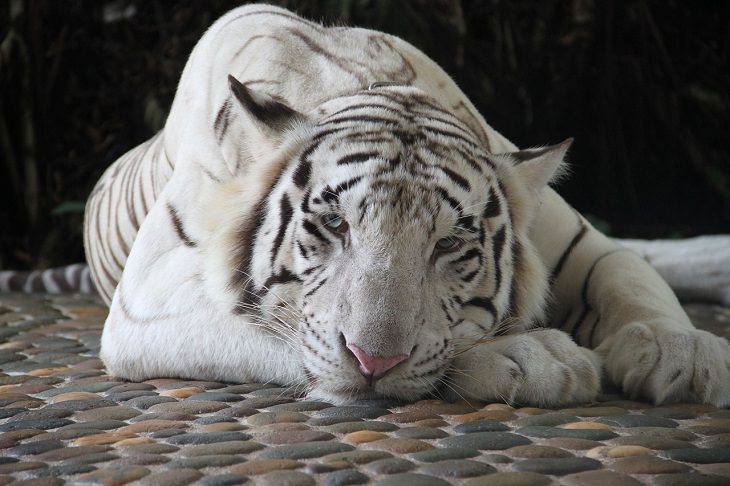
Last but not least, take all of that knowledge and put it to good use. With or without the help of organizations, you can always spread awareness on the plight of tigers across the world. You can also keep an eye out on online platforms and markets for items that seem to be made from tiger furs or bones. In case of any such instances, you can report the same directly to the nearest local police department, or approach one of the many wildlife protection organizations, like WWF (Worldwide Fund for Nature) or Humane Society International. Every time you stand up for conservation, you help to save a life. And if that isn’t what Global Tiger Day is about, then I don’t know what is!